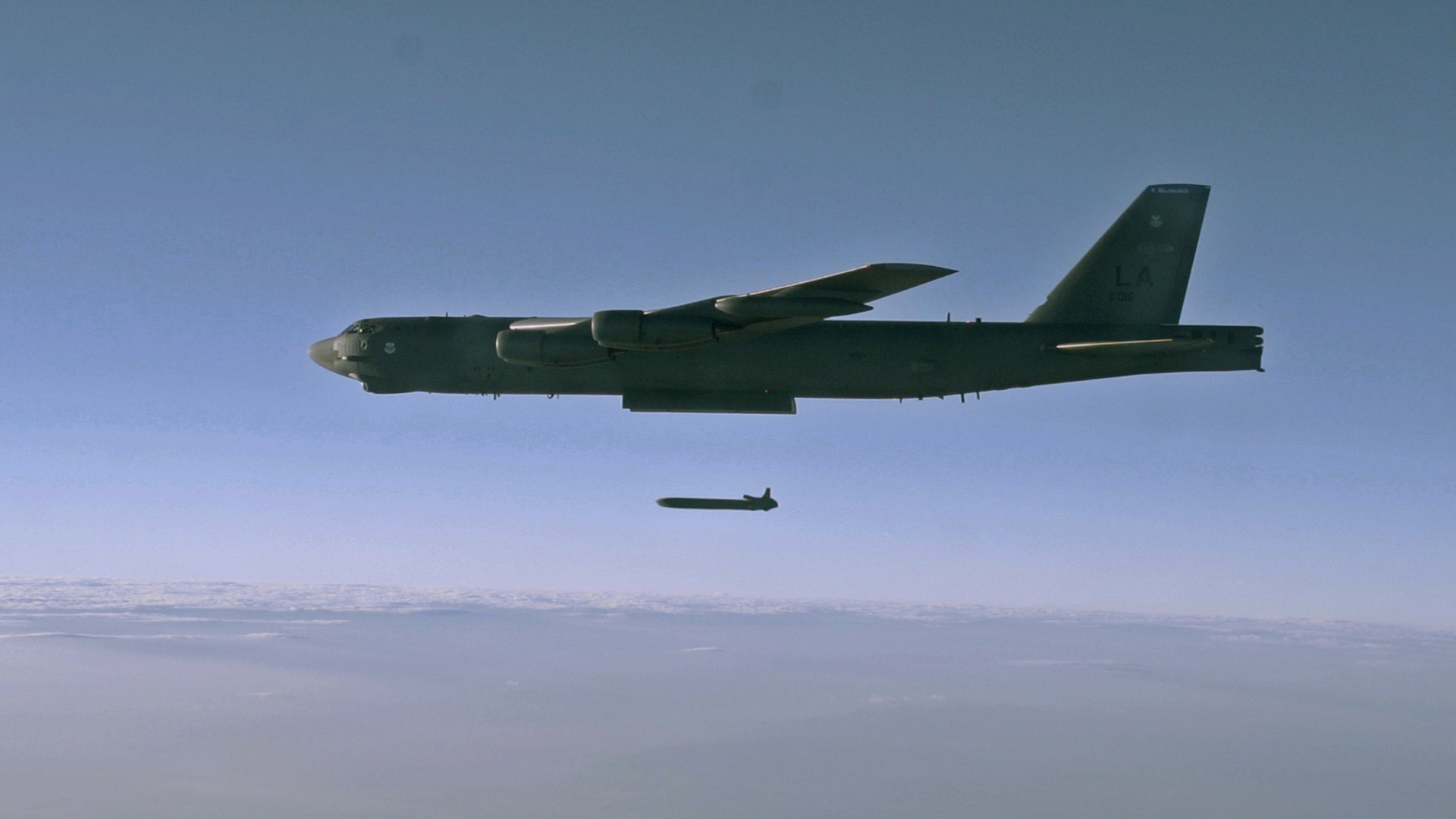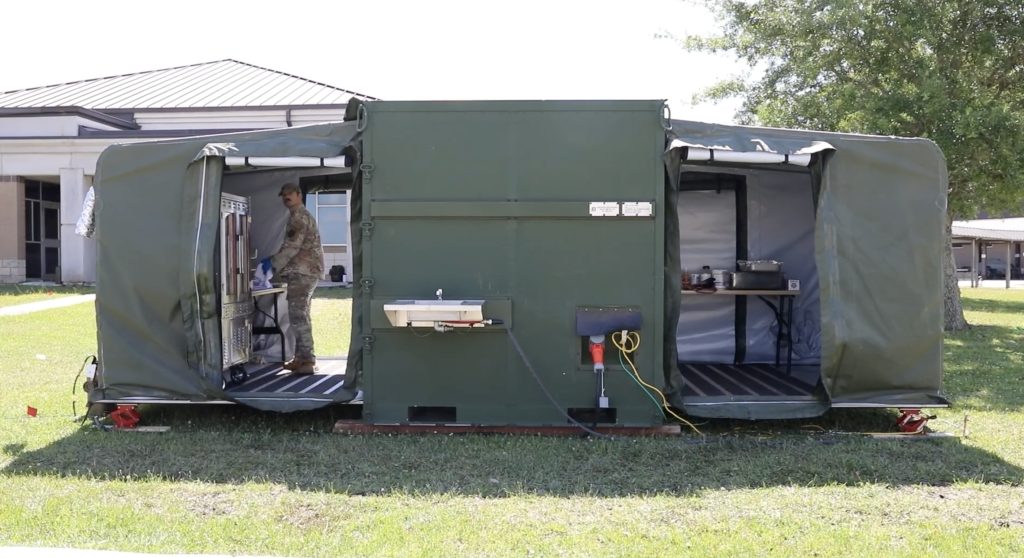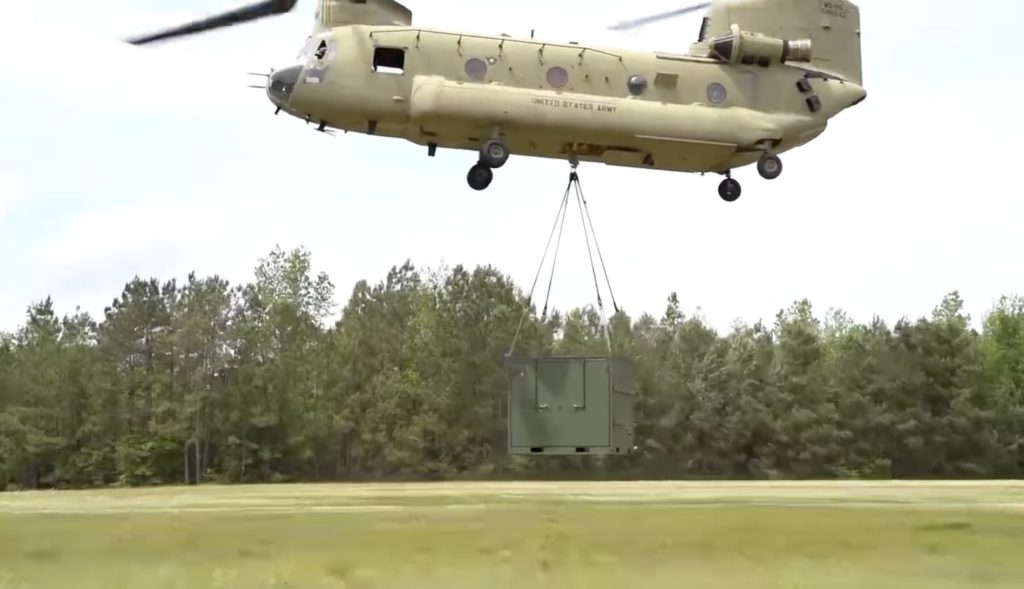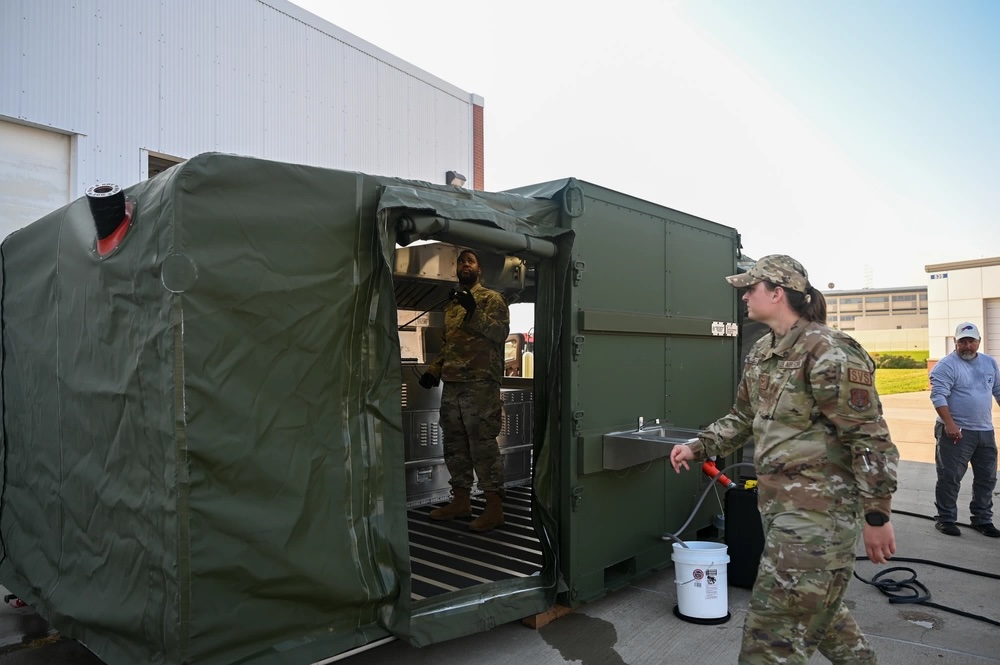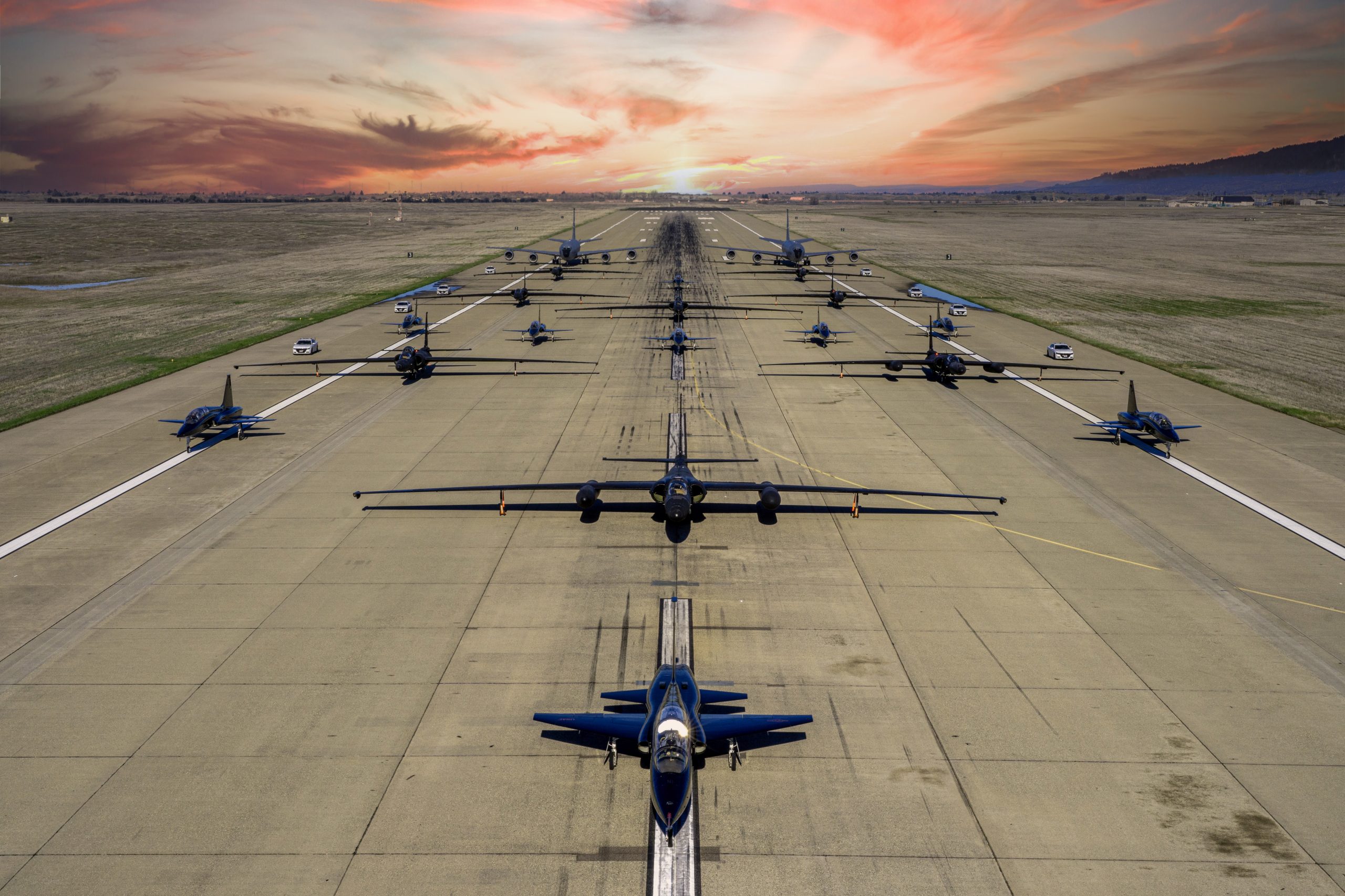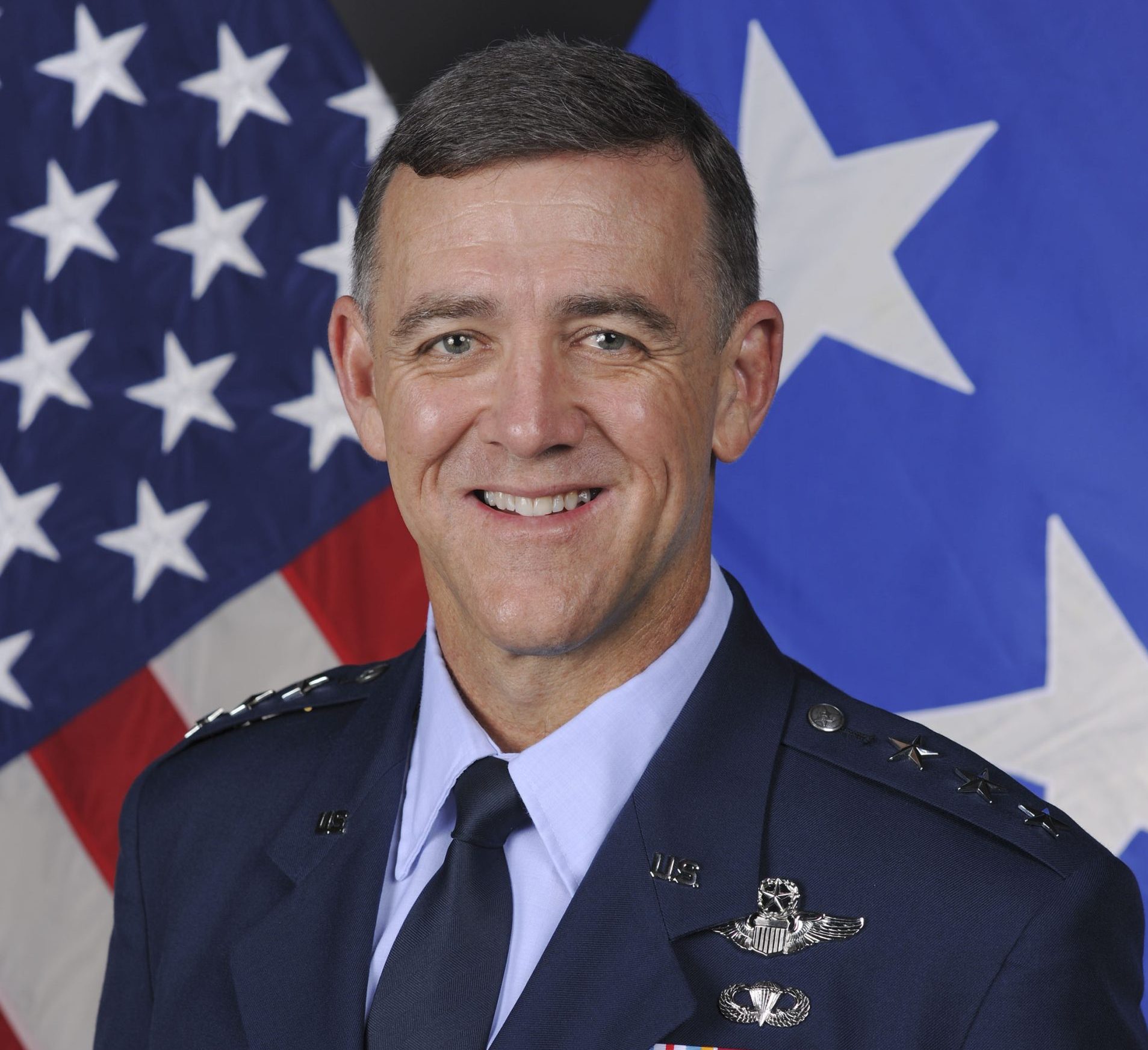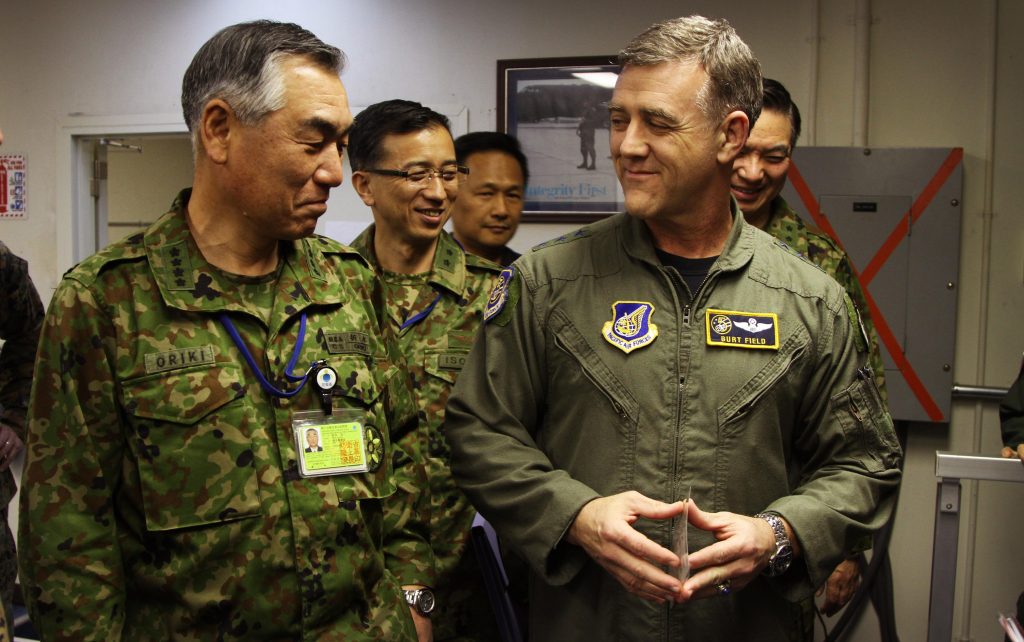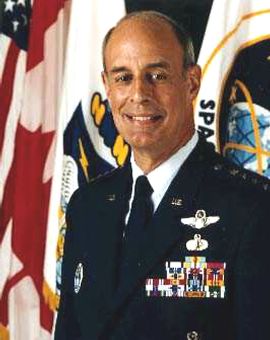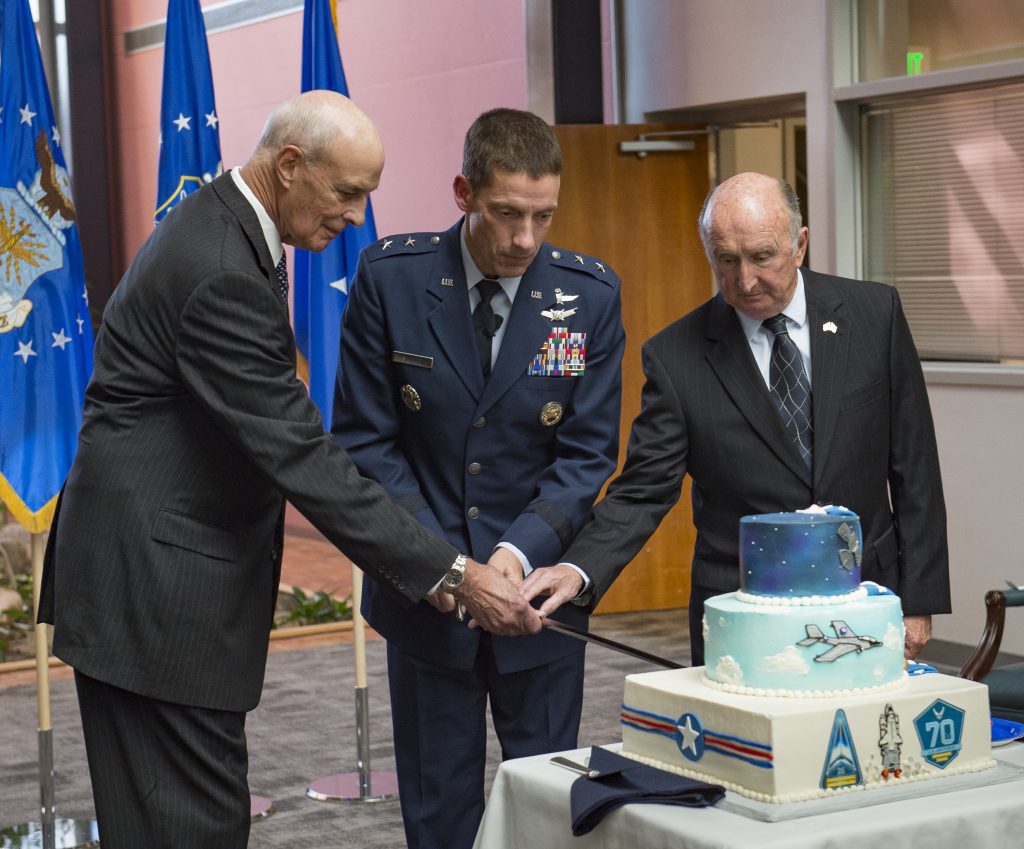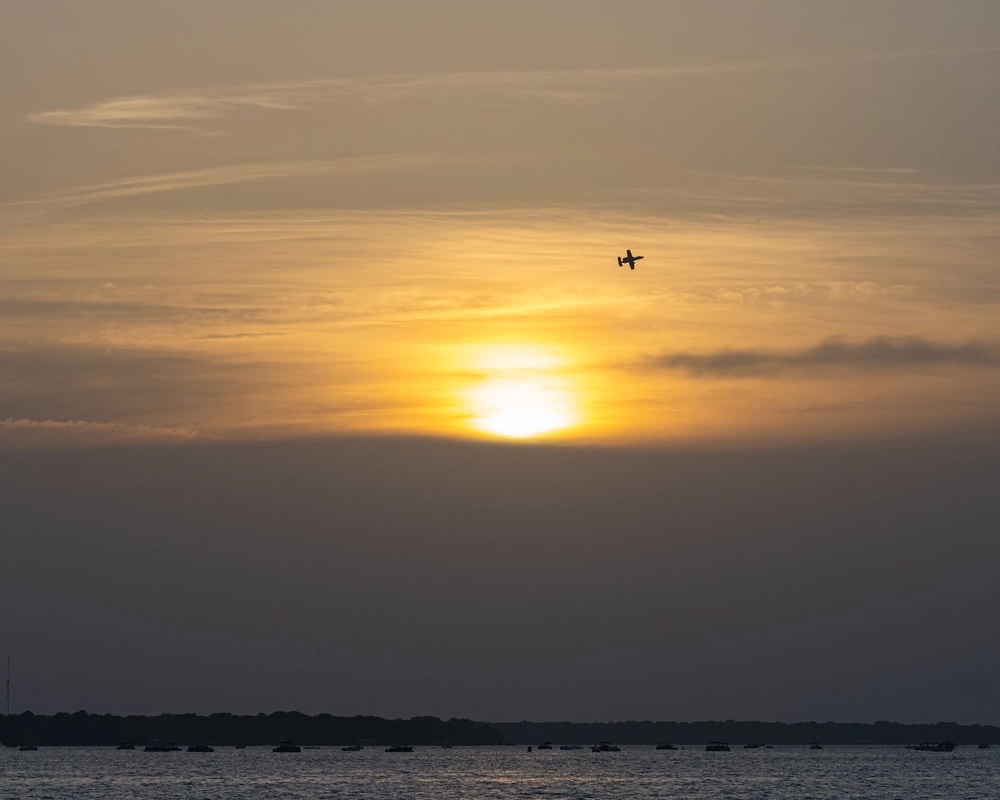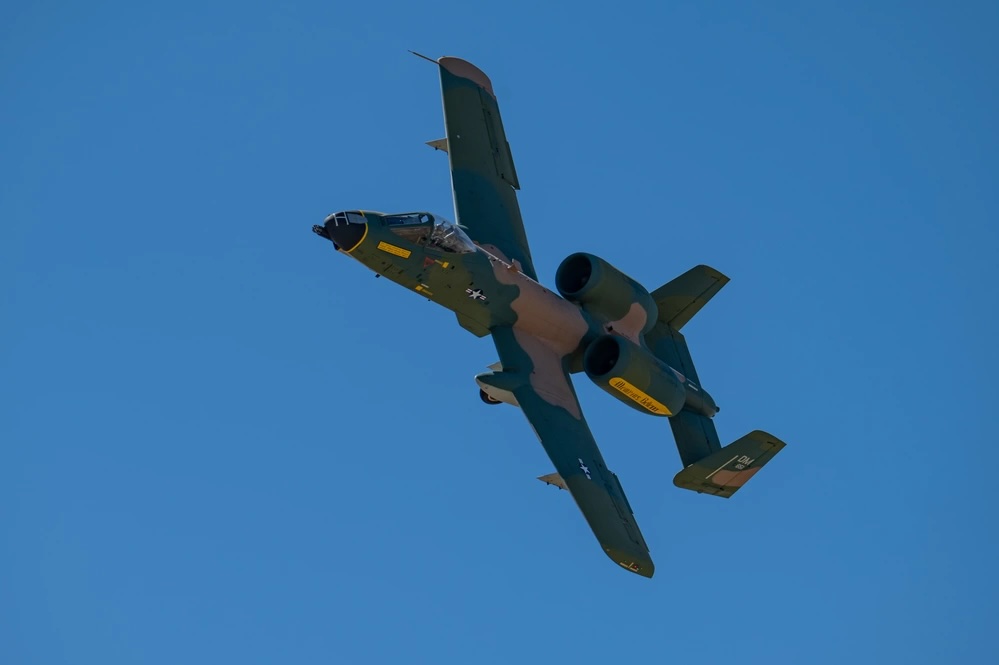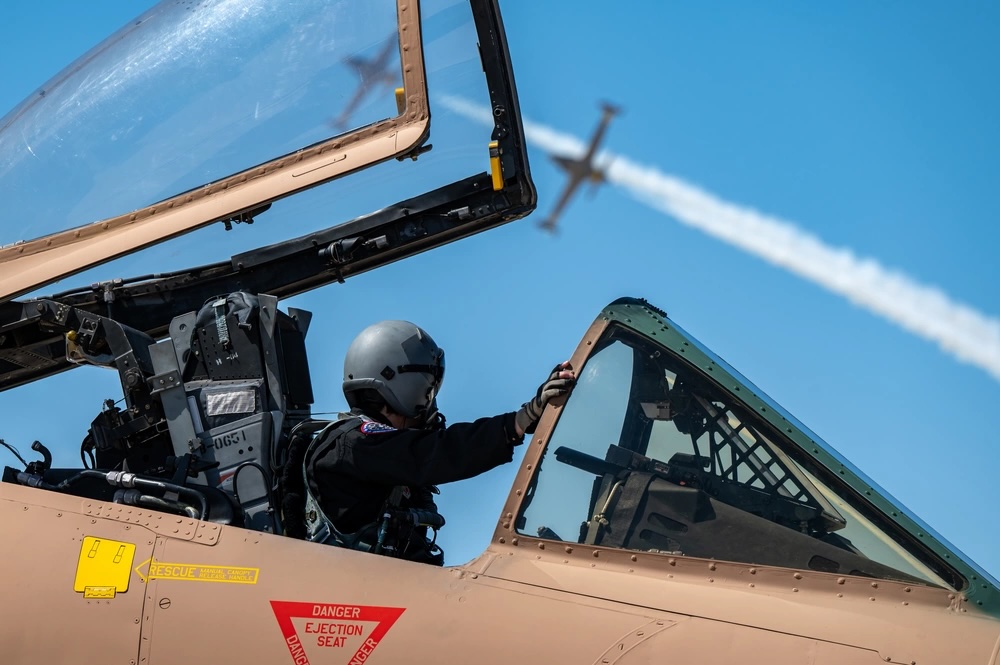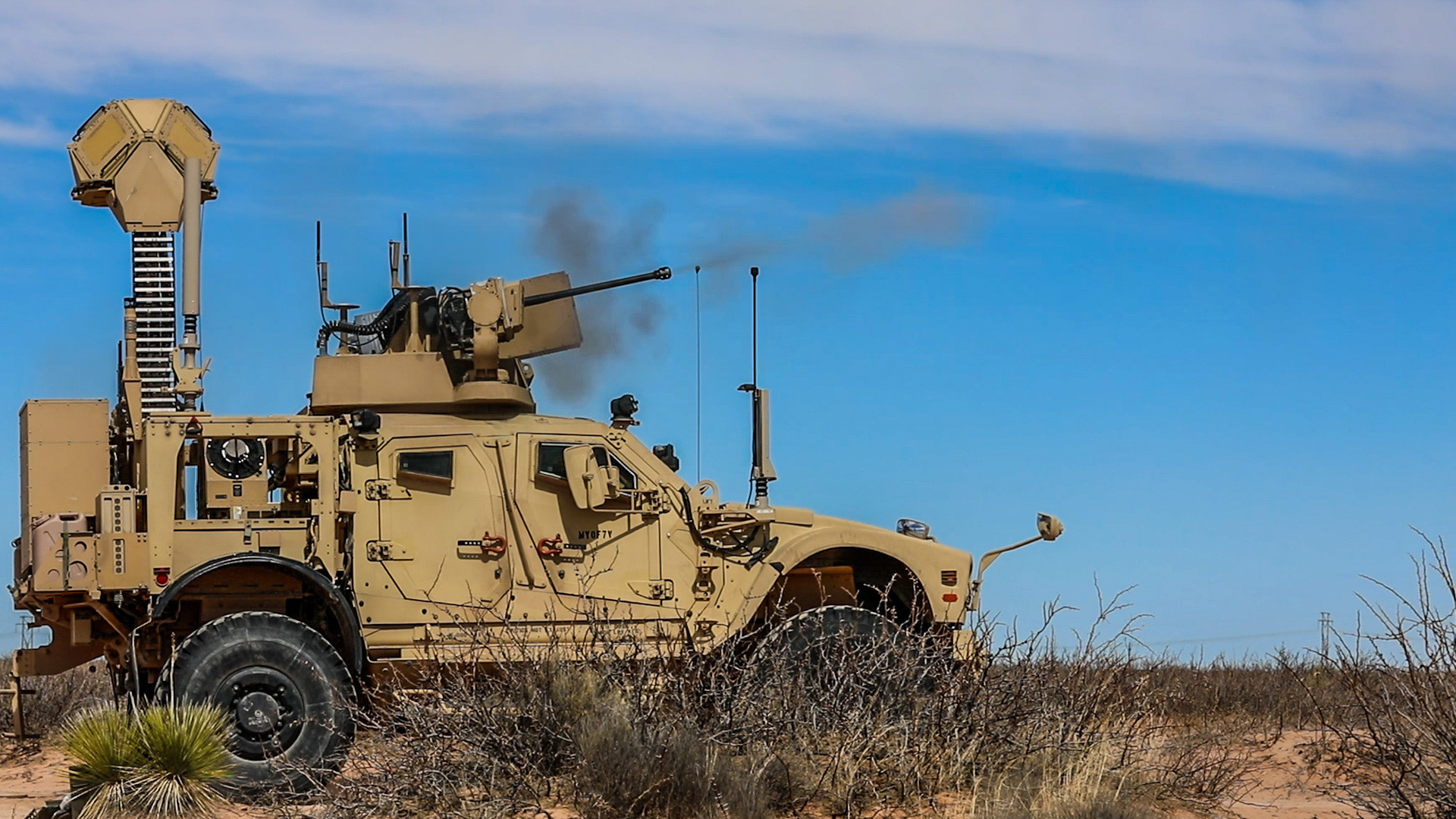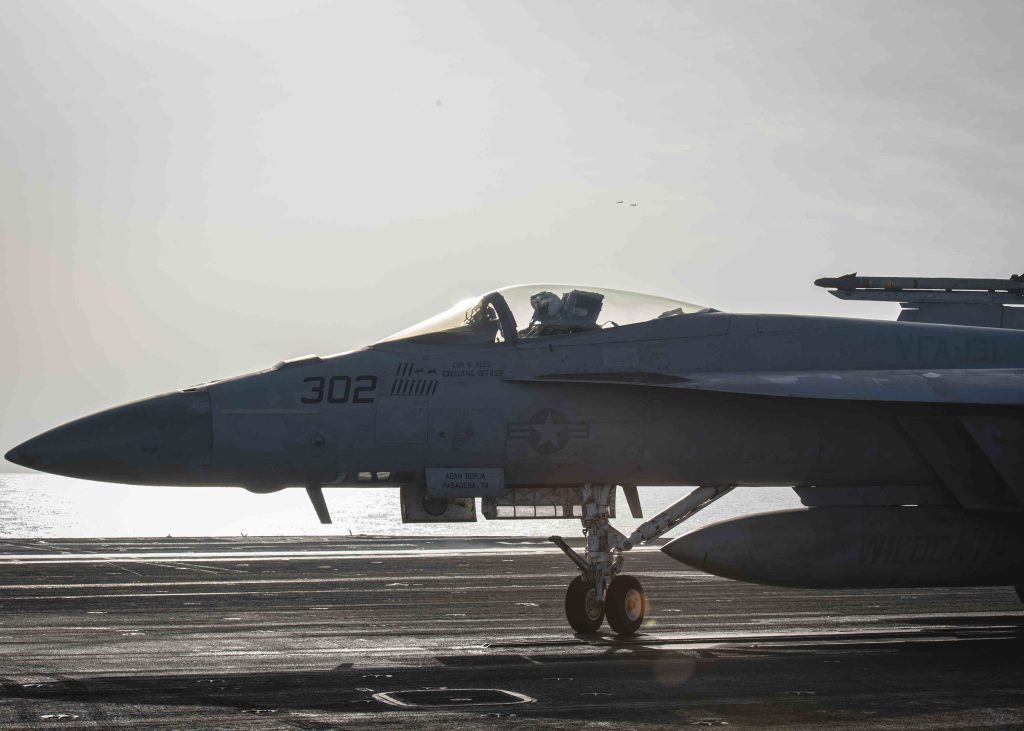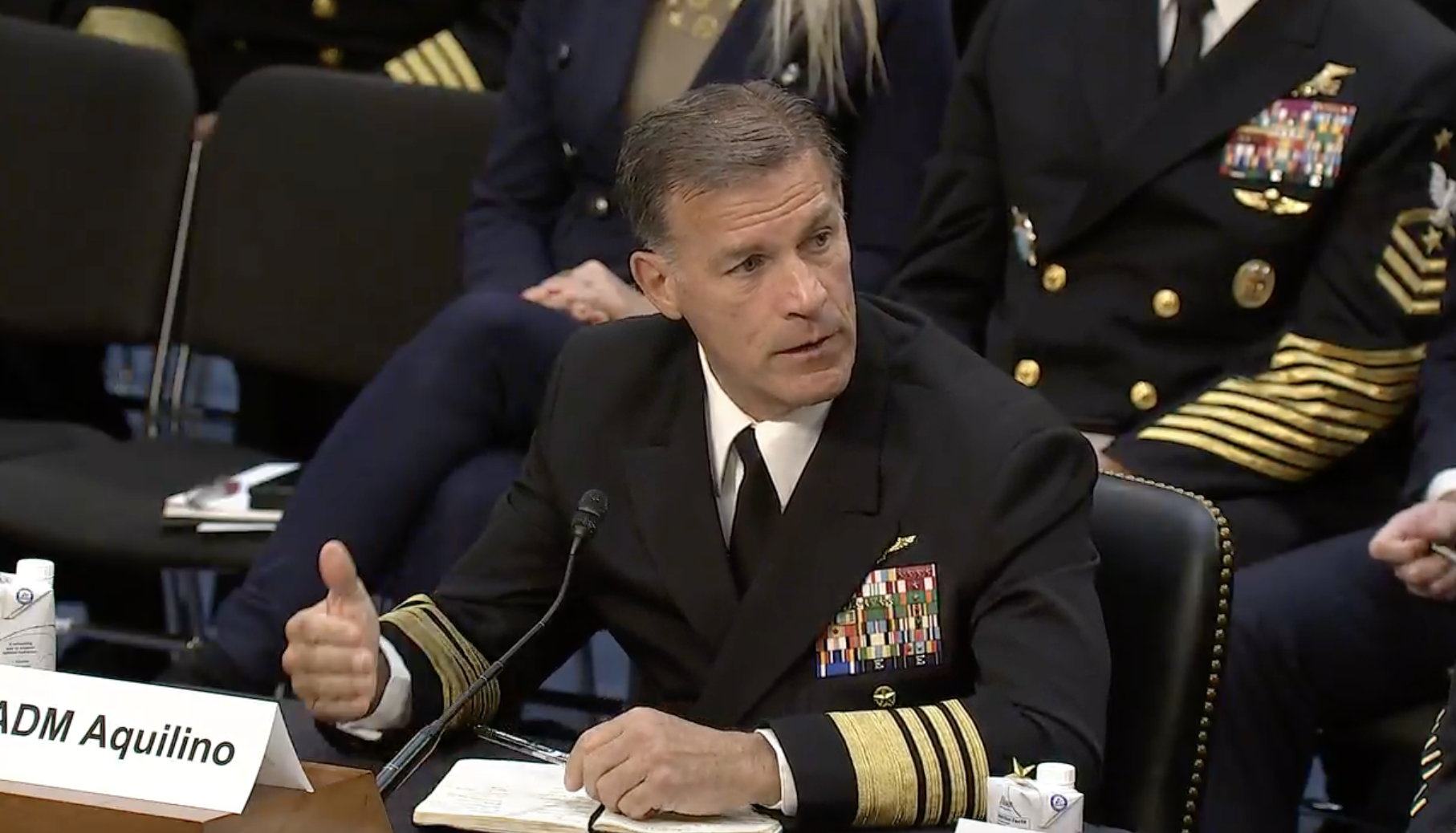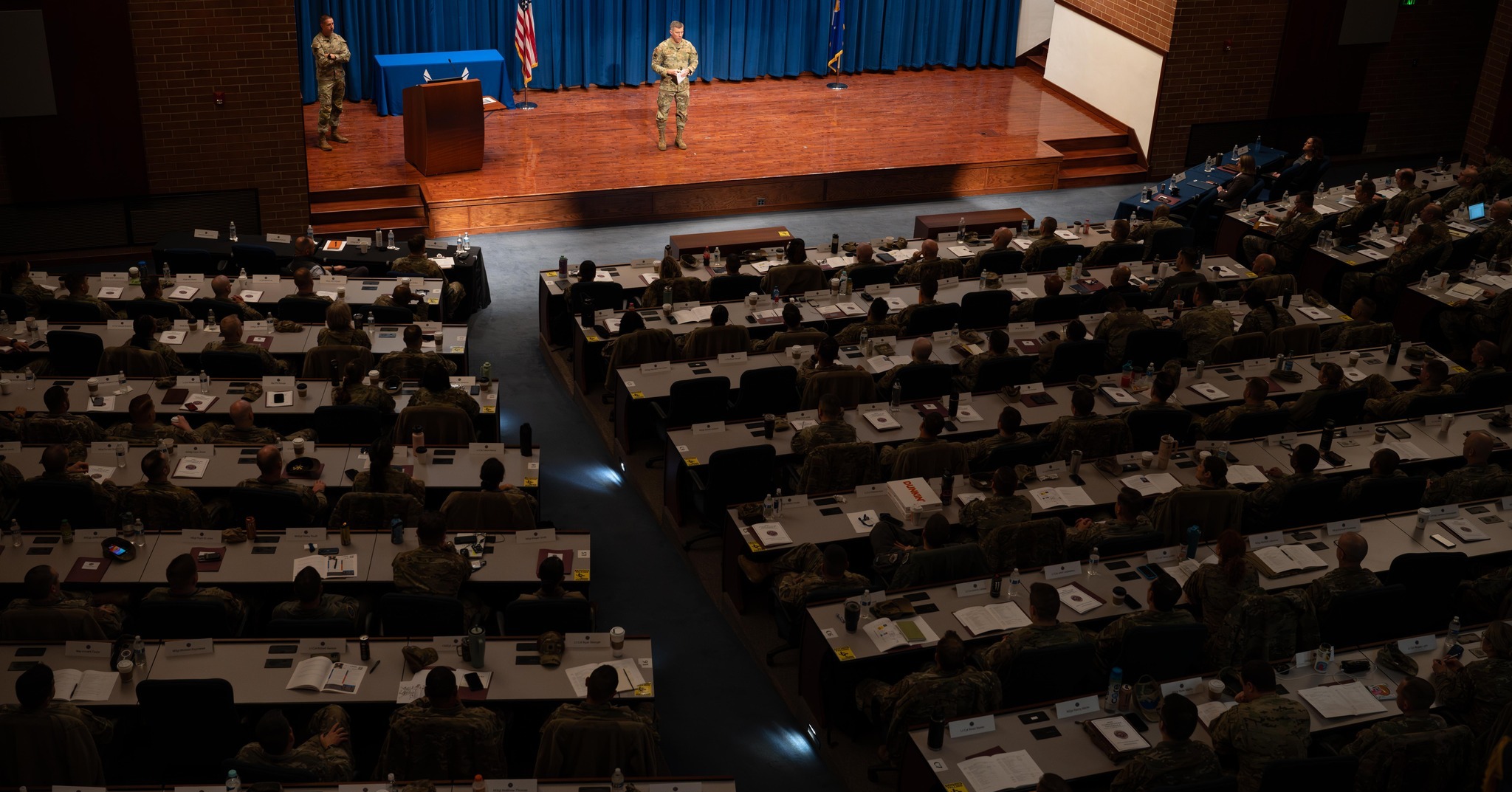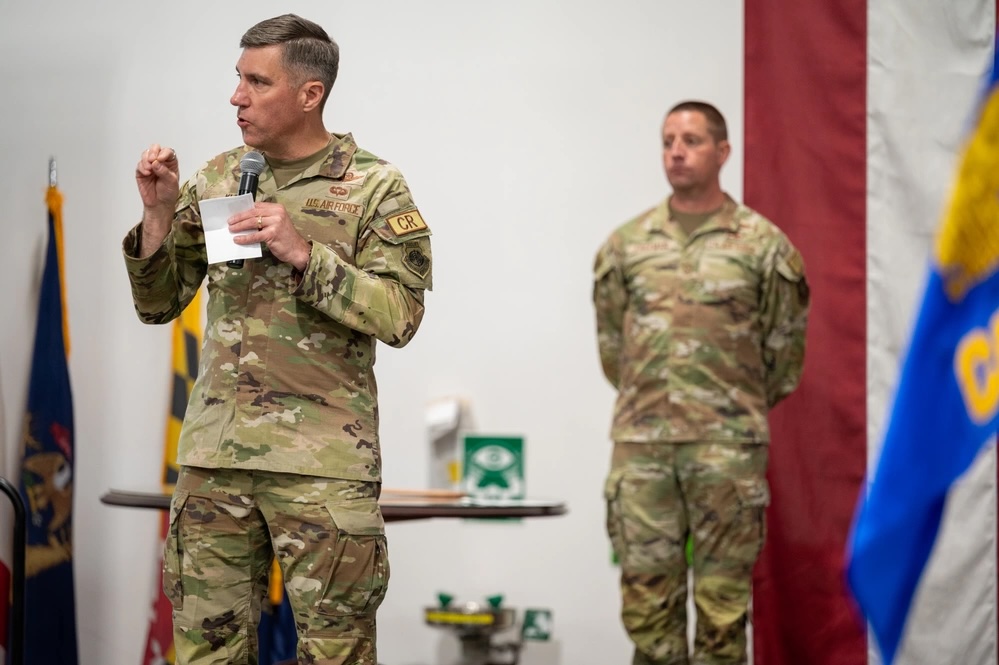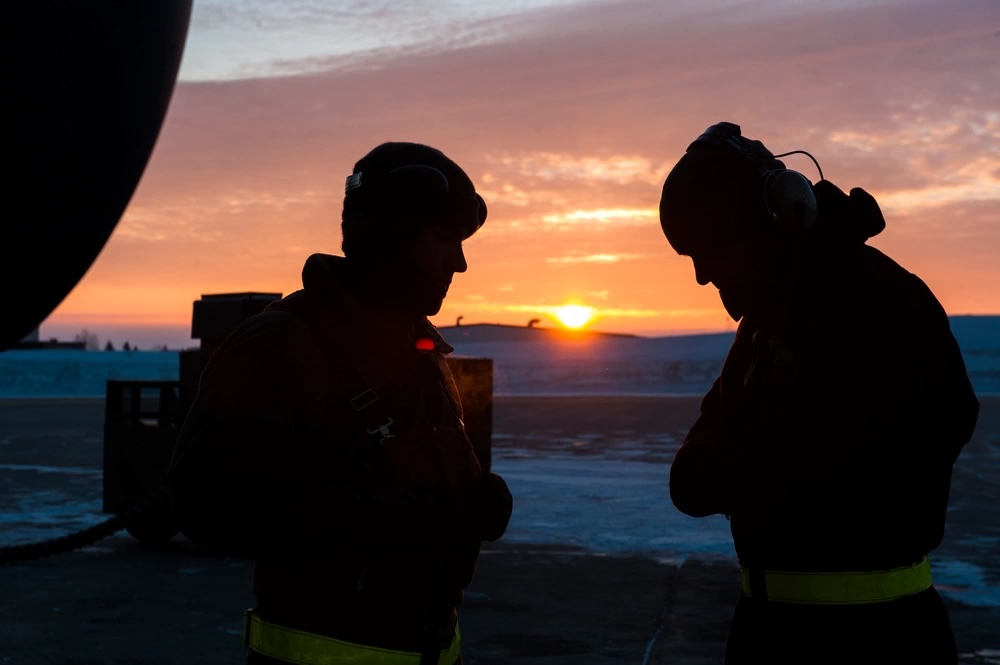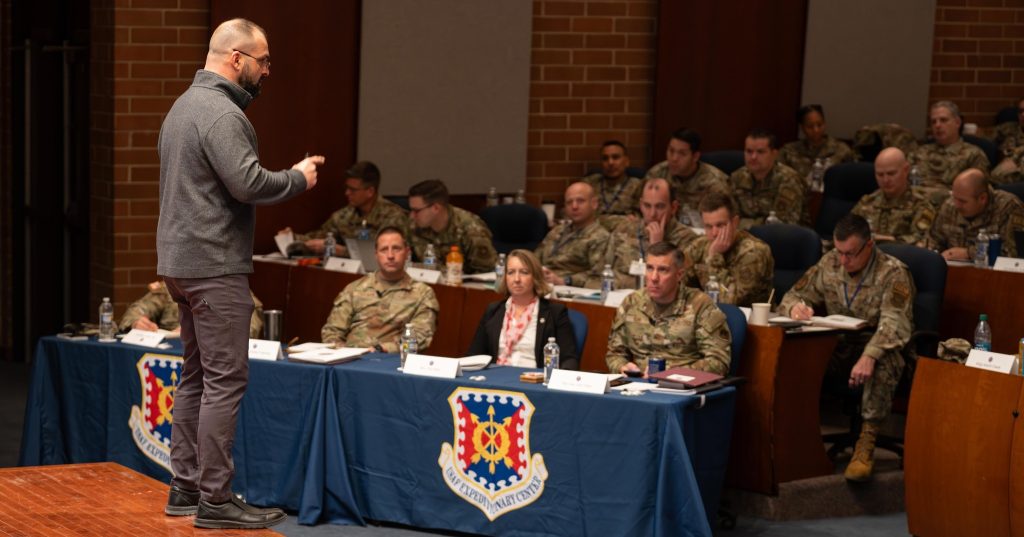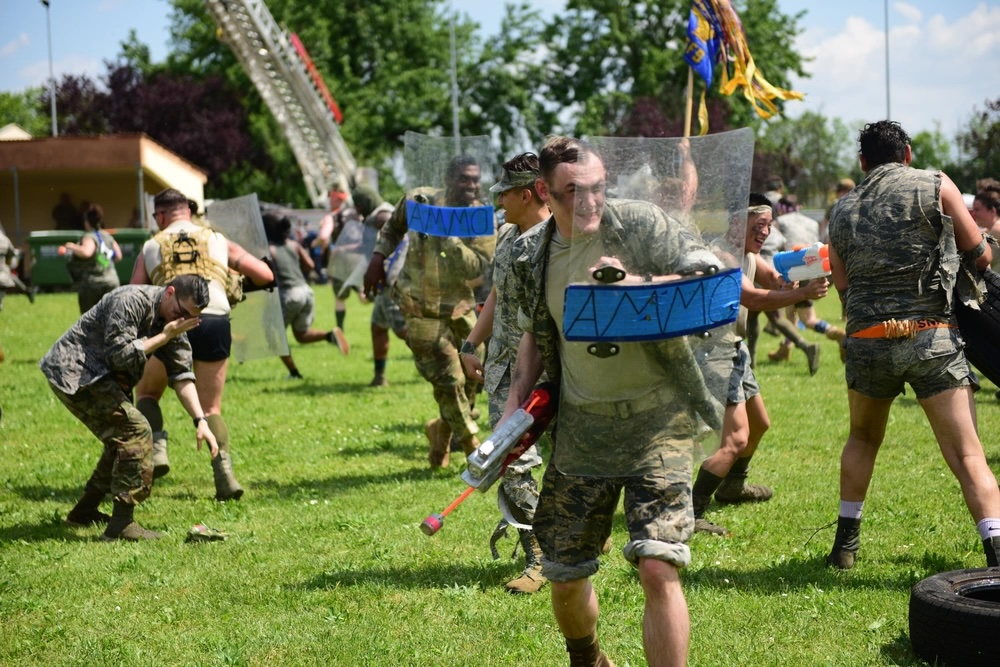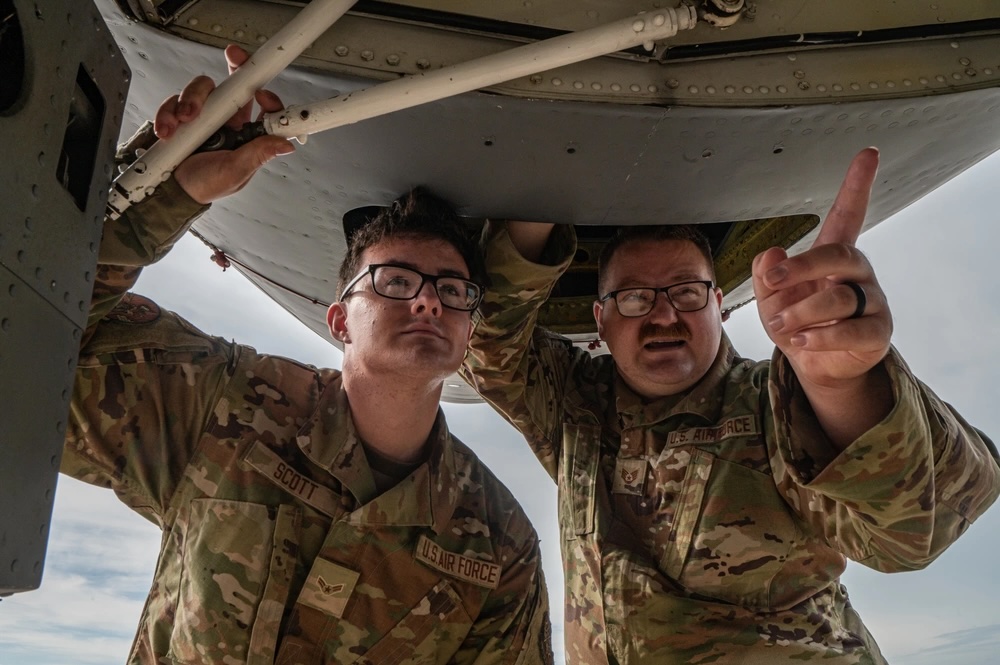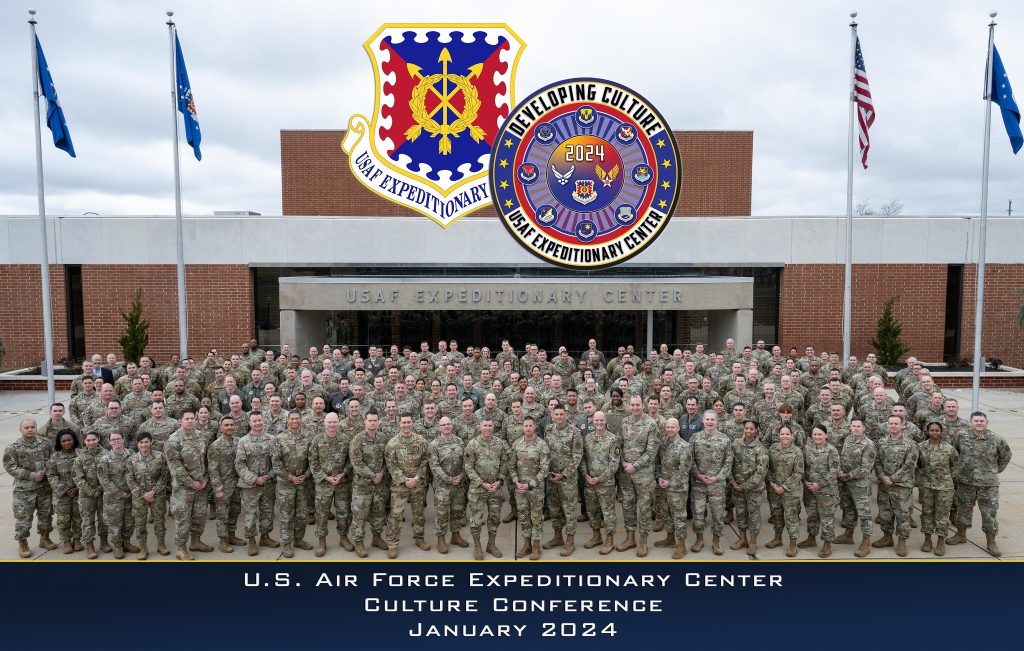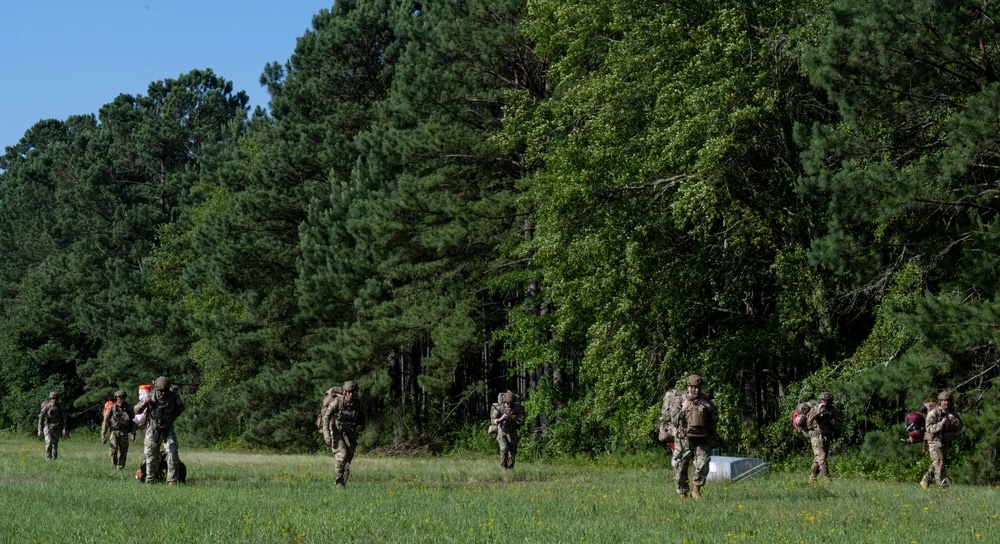The Air Force deducted $146.1 million in funding from its secretive AGM-181 Long Range Stand-Off missile program in fiscal 2025 but added more money back in later years, suggesting the program was either cut to meet the service’s spending caps or it has hit a technical problem. The development phase has been extended a year.
The LRSO will replace the 40-year-old AGM-86B Air-Launched Cruise Missile and eventually be the primary nuclear weapon for the upgraded B-52J Stratofortress and the new B-21 Raider.
Comparing Air Force budget documents for fiscal 2024 and 2025, LRSO’s procurement funds were cut $64.7 million for ’25 but increased more than $200 million in 2027. The request for research, development, test and evaluation was similarly cut in 2025 by $81.4 million, but an additional year of development, funded at $78 million in 2029, has been added. The previous budget called for development to end in fiscal 2028.
Otherwise, the funding profiles laid out in the two budget requests are almost identical.
Budget documents indicate LRSO remains on track for a low-rate initial production decision in fiscal 2027, when production funding would surge from $295.5 million to $1.22 billion.
The missile passed its critical design review a year ago, and Air Force officials at the time said no major issues had been identified at that milestone. That suggests the funding rearrangement in 2025 was part of the Air Force’s solution to finding $2 billion in reductions necessitated by the Fiscal Responsibility Act, which capped spending across the government.
RTX’s Raytheon unit is developing LRSO, having prevailed over Lockheed Martin for the cost-plus development contract in 2021. The choice came somewhat early, as both companies were in the midst of parallel technology maturation and risk reduction (TMRR) efforts, but the Air Force determined that the Raytheon solution was superior and pressed on into source selection.
LRSO funding grows substantially in the late 2020s, as the program produces a planned 1,087 missiles. While little is known of the LRSO technology, the Air Force has said it will not be a hypersonic weapon and will rely on its stealth, range and maneuverability for its survivability.
President Joe Biden’s administration confirmed the need for LRSO in the 2022 Nuclear Posture Review after heavy speculation that it would terminate the program. U.S. Strategic Command chief Gen. Anthony Cotton told the Senate Armed Services Committee last year that he was “quite pleased” with LRSO’s progress, but the subject didn’t come up in this year’s hearing on strategic forces, conducted on March 21, which quickly went into closed session. Cotton argued in 2023 that while the ALCM is still “reliable [and] safe,” it’s long outlasted its planned service life and is overdue for replacement.
The LRSO escaped termination, Pentagon officials have said, because of the rapid growth of China’s nuclear arsenal and the need to develop deterrence strategies that work in a world with three peer nuclear powers instead of just two.
Initial Operational Capability will likely coincide with the end of the ALCM program, and from spending profiles for the two systems, that seems likely to happen in 2029.
Budget documents backing up this year’s request say that there will be “fewer test activities” in FY25.
Developmental activities for the coming fiscal year include design validation and verification; nuclear certification; “all-up round technical integration, warhead integration and aircraft integration.” Additionally, “coordination with external test agencies” will continue “in preparation for operational and post-production flight testing.” Other activities include efforts to enhance reliability and “design for manufacturing,” in preparation for Production Readiness Reviews, as well as planning for logistics and support systems, production of “carriage and launcher equipment, trainers, test equipment and support equipment.”
LRSO Planned Funding (in millions)
| Account | 2025 | 2026 | 2027 | 2028 | 2029 |
|---|---|---|---|---|---|
| Procurement | $70.3 | $295.5 | $1,215 | $1,685 | $2,210 |
| RDT&E | $623.5 | $601.6 | $288.3 | $76.5 | $78 |
After fiscal 2029, it will cost $4.2 billion to complete LRSO production, the documents show.
Although originally expected to cost about $10 million per missile, the LRSO is now expected to cost about $14 million each. However, the Air Force does not include unit production goals or program acquisition unit costs in its justification documents.
The Air Force describes the LRSO as able to penetrate the toughest integrated air defense systems “from significant stand-off range in support of the Air Force’s global attack capability and strategic deterrence core function.”
From fiscal ’23-‘26, the program is buying “ancillary equipment, warhead support equipment and field trainers required to be in place for Initial Nuclear Surety Inspection (INSI).” This must be accomplished “prior to fielding the weapon system and attaining Initial Operational Capability.”
FY25 procurement funds will buy “components required for Radiation Lot Acceptance Testing (RLAT)” along with items for advanced procurement.”
